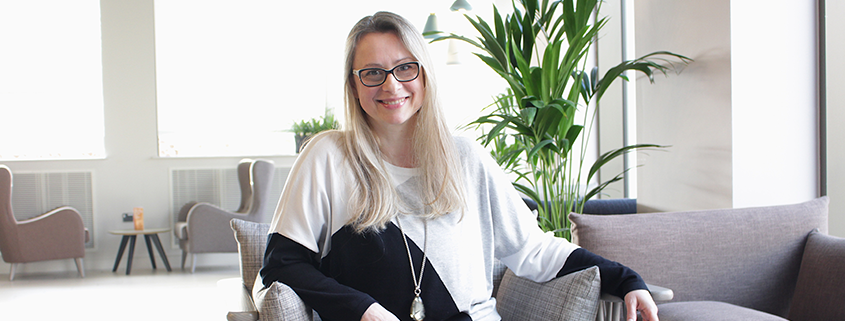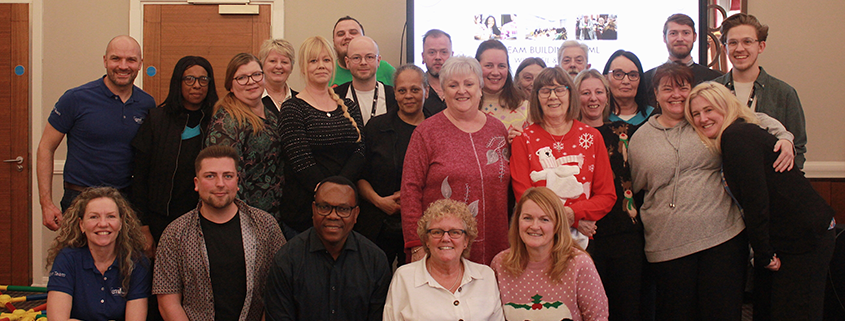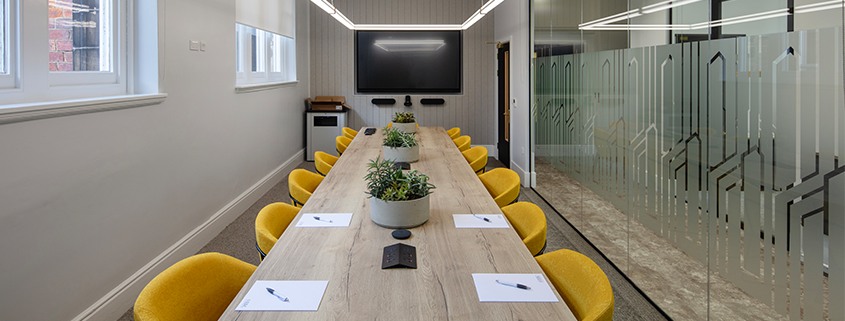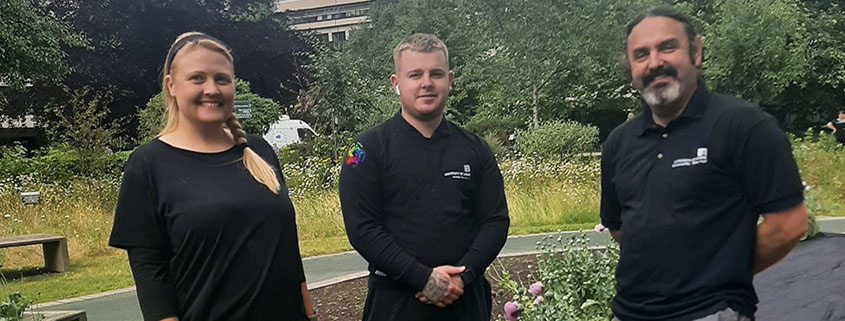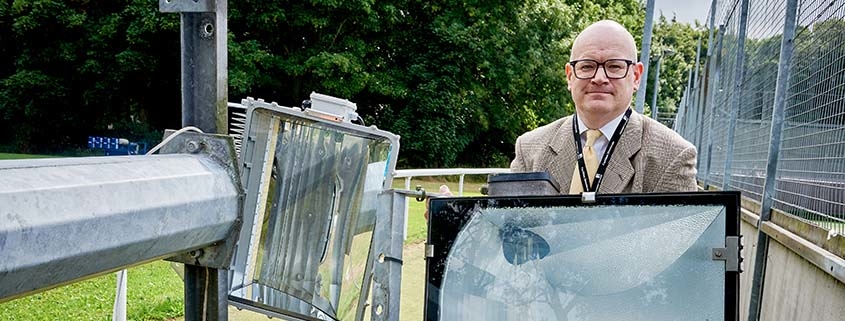Find out how Margarita balances the needs of our diverse university community by creating amazing places and spaces for all.
What is your role and what do you do?
I am an interiors architect and workplace strategist with the Facilities Directorate.
It’s my job to create environments that best serve the needs of its users. I’m developing a broad strategy to embrace current global trends for workplaces. The past few years have significantly impacted what we need from a physical workplace.
What projects are you working on?
They vary in scale but are all focused on using space in a more sustainable way in every sense: carbon targets, mental health, financial implications, long-term growth projections, etc.
Working with external consultants I’m developing a design concept for the Digital Learning Accelerator in E.C Stoner, a new build to help the University further develop as digital innovators.
I hope our ideas will balance out the requirements of multiple types of end users, different age groups and the newest technology. My role is to soften the industrial fabric of the layout and help specify the finishes that will inspire and improve the performance of both the staff and students.
What is your favourite thing about your role?
I can use my versatile experience to create environments that will serve students, help staff and as a result support the University’s Strategic Plan. I work with fantastic team leaders – David Oldroyd and Ed Batty – whose open minds and positive vision ensure that we are embracing the future.
What aspects of the work that you do do you think are the most important to people?
I heard someone say “God is in the detail, so is the devil”. And I live and work by it. A glass table top can cause harm because of its low visibility, or a metal arm rest can make the chair uncomfortable. Poor choices can result in time and money wasted, and more stress added to the workload, especially on large scale projects.
How can we make spaces better suited to people’s needs?
We all need to work together and create a feeling of community, because supportive environments can lift up any mood and reduce anxiety. We have to share our spaces and use solutions that allow us to collaborate more and isolate less, and include people with all sorts of different needs.
Can you tell us about a favourite project?
I am fortunate to have my passion as my career, and have the luxury of working on projects that I enjoy, so it’s difficult to give one example. I’ve recently started planning design strategies for various spaces in the libraries with Facilities & Space Manager Stephen Day, which is exciting.
Collaboration with people who share the vision of progress is always rewarding and we both understand that investment works better in the long term than spending!
Find out more about Margarita’s upcoming projects by following @UoLCampusDevelopment


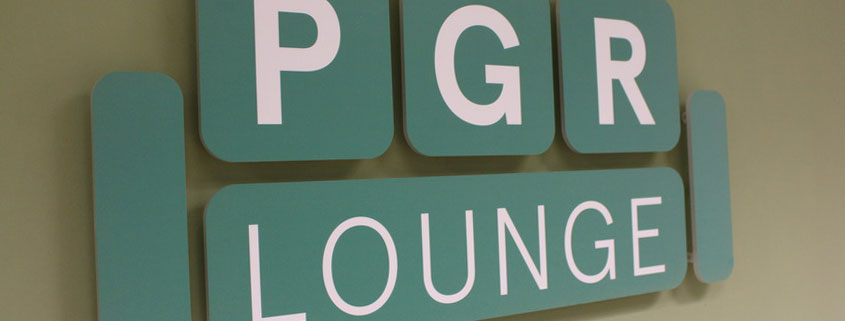
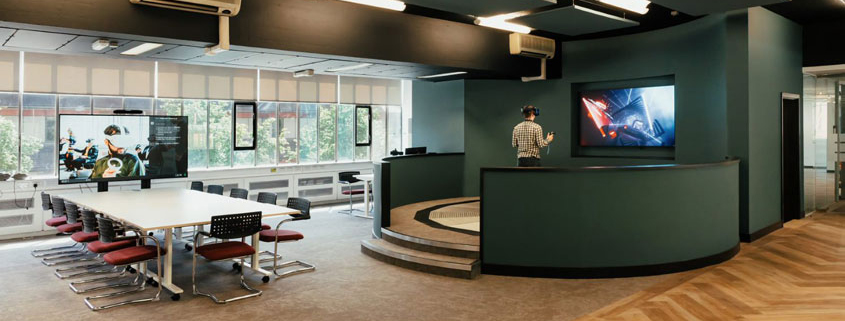
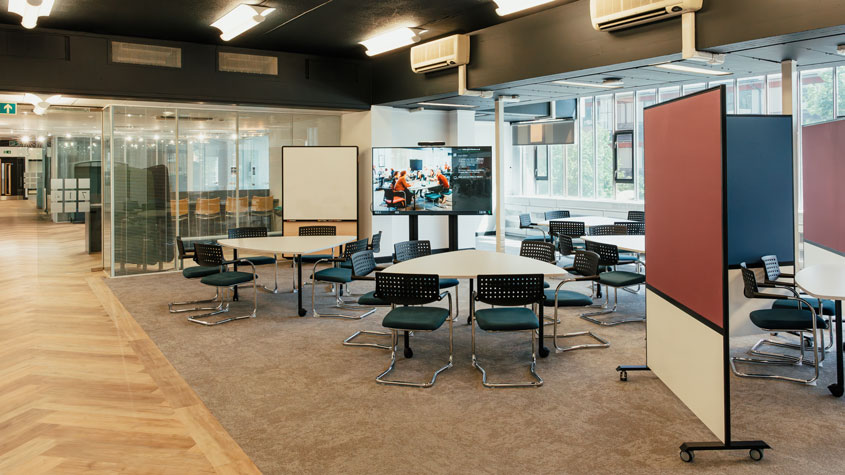
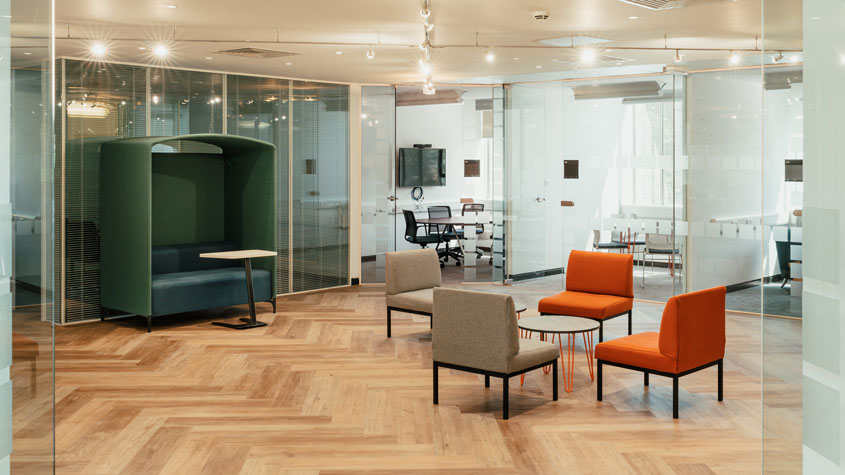


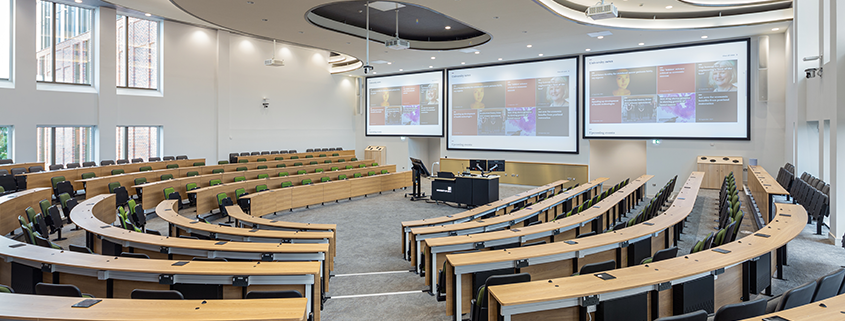
 Research shows that this kind of innovation enhances the student learning experience.
Research shows that this kind of innovation enhances the student learning experience.